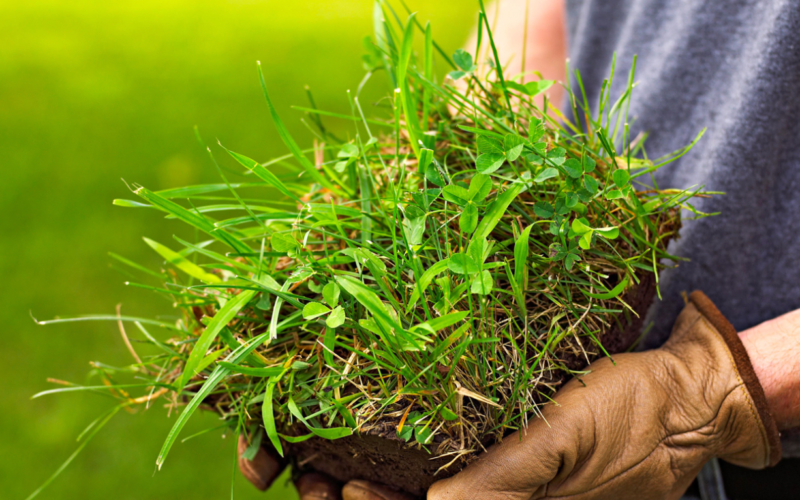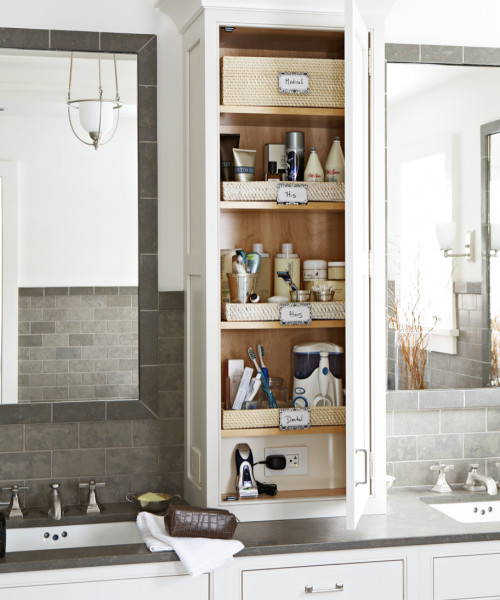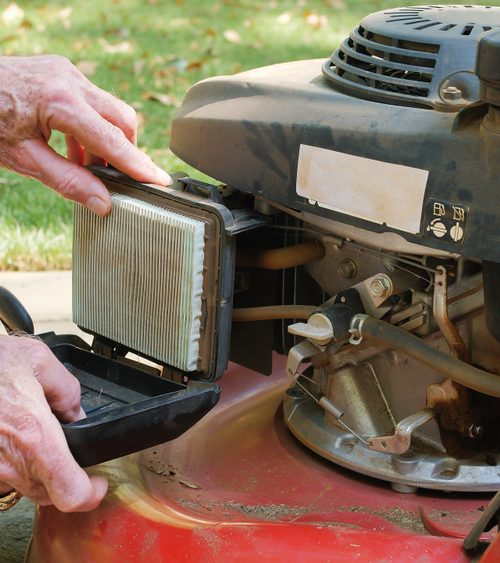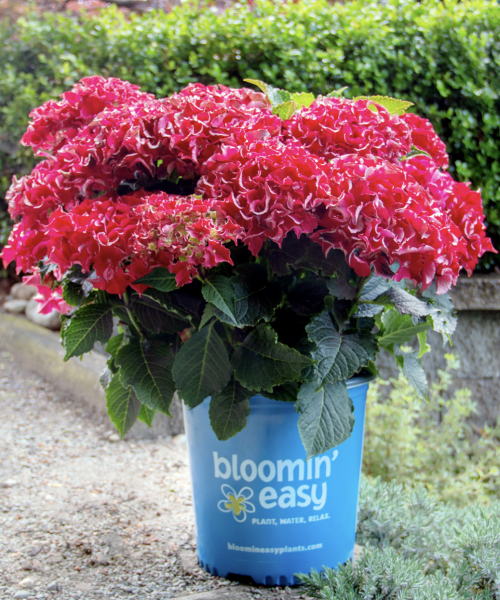By Kelly Roberson | BHG.Com
Troy Warren for CNT
This common weed can quickly take over lawns and garden beds.
Have you noticed brown patches appearing in your lawn after autumn’s first frost? Those unsightly spots usually aren’t caused by disease; they’re likely caused by crabgrass when it dies in cold temperatures. This annual grass is a universal problem to homeowners in the U.S. It pops up in spring and develops into large, flat, thick clumps that spread widely, crowding out surrounding lawn grass and other plants. Because it’s an annual, crabgrass dies after the first frost in autumn, which leaves behind patchy, bare spots in your lawn. If left untreated, those bare spots will fill in with more crabgrass or other weeds next spring when their seeds sprout. Here’s how to get rid of existing crabgrass and how to prevent it from popping up in the future.
Crabgrass Control Methods
Crabgrass loves hot, dry weather, so you’ll usually see it flourishing over the summer. One of the best ways to control crabgrass is to maintain a lush, thick lawn and well-mulched flower and vegetable beds. Healthy landscapes (lawns that are dethatched regularly and mowed to an appropriate height, or garden beds that are given enough water and nutrients) are less likely to be stressed and better able to shade out any weedy invaders like crabgrass.
Rely on an organic mulch to help control crabgrass naturally (without chemicals) in garden beds. Mulch acts as a suffocating blanket by preventing light from reaching weed seeds. At the same time, mulch holds moisture for your plants and provides nutrients for your soil as it decomposes. Apply coarse mulch, such as bark or wood chips, directly onto soil. Shredded leaves, grass clippings, or straw work better as weed deterrents with a separating layer of newspaper or cardboard between them and the soil.
To prevent crabgrass from sprouting on your lawn, apply a preemergent weed killer made from corn gluten meal ($18, The Home Depot) in the spring, two weeks before your last expected frost. This will kill crabgrass seeds before they have a chance to take root. However, don’t use any preemergent products when you’re planting other seeds; they will prevent all seeds from germinating, not just the weeds.
The best indicator for applying crabgrass preventer during the season? Forsythia. This popular landscape shrub is grown for its striking yellow flowers in early spring, when most trees and shrubs are still bare. When the blossoms start to drop to the ground, it’s time to put down the crabgrass preventer.
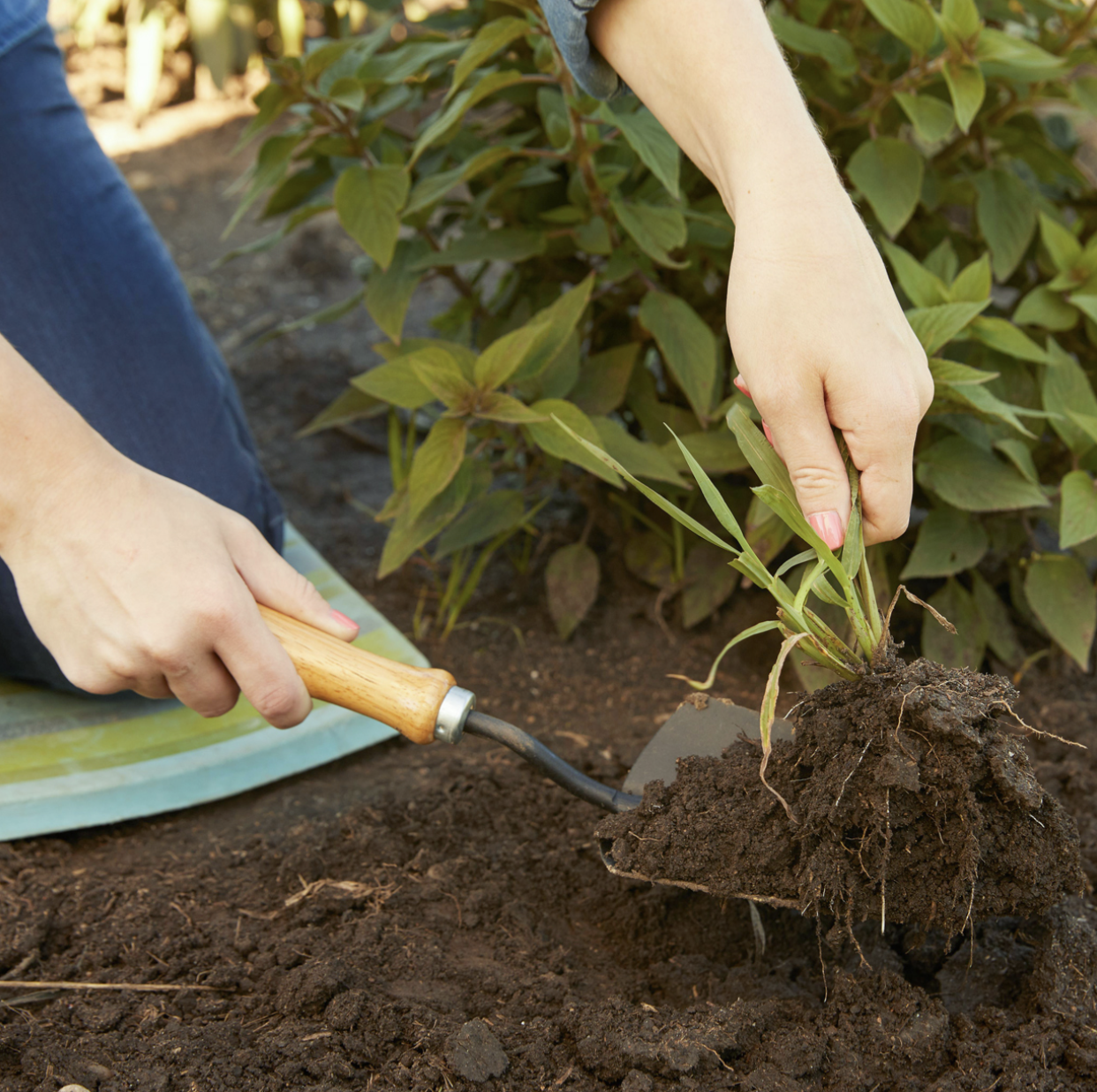
How to Remove Crabgrass
Crabgrass also can be eliminated with a product labeled as a crabgrass killer or a non-selective weed killer, meaning it will kill any plant it gets on. If you prefer to avoid products with synthetic chemicals, look for ones that contain concentrated vinegar ($20, Walmart). Always make sure to follow label instructions when using weed killers. Even vinegar-based ones can burn skin, eyes, and lungs.
If you find crabgrass in your edible garden, weeding it out by hand is best. This plant has shallow roots, but using weeders or a trowel as a crabgrass removal tool will make the job easier. Don’t toss the uprooted weeds in your compost pile, though, because they could still reseed themselves. It’s better to toss in the trash.
If you pull up crabgrass from your lawn, prevent it from coming back by filling in the bare patch with grass seed. Cover it with a light layer of topsoil, and water well to help the seeds sprout. Wait to mow the new grass until it reaches at least 3 inches tall.


























